The juice from black beans are said to give lavender, blue or silver casts to yarn, so of course, I couldn't wait to try it.
The best part, of course, is that after the initial bean soak, which you pour off for the dye, you can still eat the beans. We love Mexican food, and I've been known to craft an Italian pasta dish or two incorporating black beans. Two uses for the price of one. Couldn't wait to try it!
First attempt: I soaked the beans from our local grocery store, and the beans turned the water an amazing shade of greenish gray. I allowed the bans to soak overnight, thinking that might give me more pigment for dyeing.
The next morning, the water was a brownish green color as I poured it off into the dye pot. I put fresh water on the beans and allowed them to soak another day. (Because we live at a pretty high altitude, and one day doesn't do the job here.)
I'd pre-mordanted the sock yarn with alum and cream of tartar. It was so ready to dip in the dye bath, it almost jumped in all by itself with no assistance from me.
The first hank of yarn turned the most beautiful shade of chartreuse. Oh, was I in heaven! I decided to let it soak over night so I could get an even deeper color, because the yarn does come out lighter when done than it looks when wet.
The next morning, the yarn wasn't AS chartreuse, but it was still a nice color. I removed it and rinsed it while the second hank went in for an exhaust bath I hoped would give me a bit lighter shade of the same color. I let it soak overnight.
The next morning, the second hank was beige, and the first hank was, too. I didn't know what I'd done wrong, but I decided to give the third hank a bath anyway. The water looked brownish-orangish-just-slightly-lime-greenish. I assumed that meant pigment remained, just waiting to be soaked up. Again, I let it soak overnight, and I rinsed the second hank, hanging it to dry next to the first.
The next morning, all three hanks were various shades of beige. It wasn't a bad color; it just wasn't what I expected. For a few days, I thought my natural dyeing days were done. (Again. How many times will I think this before finally giving up?) This was a big waste of time. I can buy beautiful yarn already done and ready to knit or crochet. Who needs this stress?!?
On the bright side, no color ran when I rinsed the three hanks. They were color fast. They just had no real color, in my opinion.
Also on the bright side, the beans were delicious. I even made a batch of homemade refrieds with spices, peppers and onions I grow in my kitchen. I added a bit of the refrieds to cheddar cheese, and The Lizard dipped so many tortilla chips in it, I had to make a second batch! Oh, was it good!
It took a while to run out of beans, but it finally happened. I knew my hanked yarn could be dipped again because the mordant would last at least a couple of weeks. I bought more black beans, this time, from a larger grocery store. I couldn't wait to get them home in the pot, even though I'd been so discouraged by the last attempt, I thought I'd never natural dye again.
This time, I made sure to use distilled water instead of tap water. After all, chlorine acts as a bleach, right?
Right away, I could see a difference. The water this time was violet.
Instead of soaking overnight, I soaked the beans a couple of hours, then poured off the water and added more. I added alumn and cream of tartar to the bean juice in the dye pot, just to make sure the color would stick this time. I stirred until the powders seemed dissolved. I dropped in the first hank of beige sock yarn.
The color that erupted set my soul on fire. This yarn will never be craft sale-bound, I decided. This yarn gets to stay home with me! Selfishness erupted every bit as strong as the purple on the yarn.
I let the beans soak for another hour, then poured off the water again into my second dye pot. My vision was three shades of purple, all related. The water was Deep Purple again. Smoke on the Water... bahm bahm bahhhh; bahm bahm ba bahm...
I dunked the second hank of yarn and put more distilled water on the beans. By this time, I knew the pigment would be running out, so the next bath would be lighter without any time compensation. This would be a piece of cake. Purple cake. Purple yarn cake.
Oh, the projects that will come from this yarn! Oh, will it be my favorite needlework of this entire year! Once the snow flies, I'll wear whatever I make every day! Oh, how I love this yarn!!!
I let the beans soak for one more hour, then poured off the water again into an empty pretzel jar. We go through pretzel jars about every two or three days at work, so I asked if I could repurpose some of the empty jars. I like the jars better than the pots because not only can you do solar dyeing, but you can see the yarn inside the the dye bath while it soaks. Oh, heaven.
In went the third hank of yarn, and this one had a bluer tint to it, but that's okay. Blue is my favorite color, and purplish blue would be just as good as purple or blue. I don't care, as long as it's something besides beige or yellow.
The beans were allowed to soak overnight, and I simmered them the next day.
The yarn also soaked overnight, but with no heat throughout the entire process this time. I'd read heat kills pigment in black bean juice.
The colors were so beautiful the next day, I really didn't want to wash the hanks. I knew the color would be lighter after washing and after drying, so I decided to let the hanks sit for another day. The next day, the purple was gone. The yarn is bluish gray. Still lovely, but gone is the purple of my dreams. Can I cry now?
At least the beans taste good.
Do you supposed I could get that chartreuse green I got the first time around if I try one more time?!?







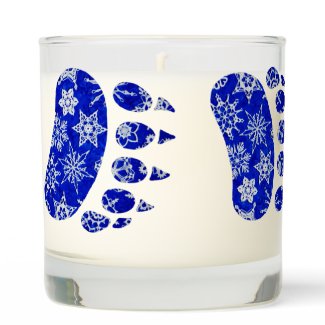
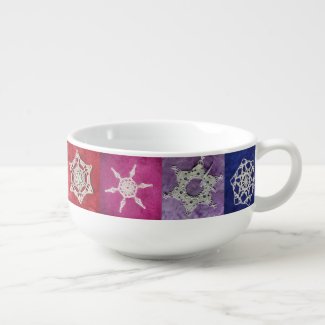



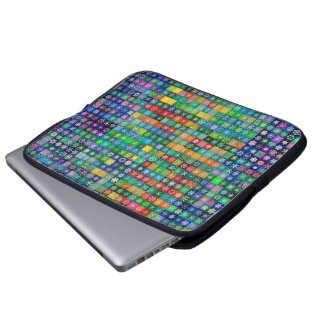
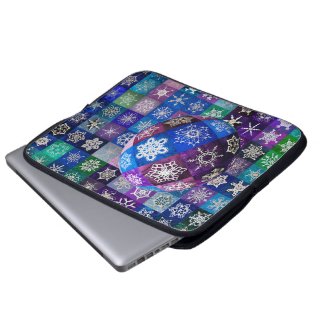




















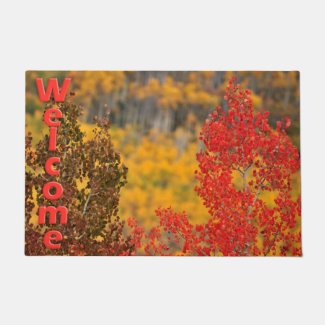

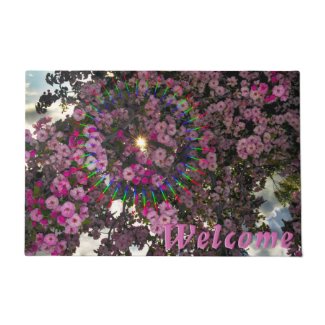
Wow, that is an interesting process. Never knew beans could do so much.
ReplyDeleteThat and more, Pat! But I won't delve into the fueling part of digesting beans... :)
DeleteThis post should win a Pulitzer. Or an Acadamy Award. Or something. I laughed, I cried, I shivered, I rejoiced, I envied.... (until the very end that is).
ReplyDeleteWhat a pity about that amazing purple! Do different mordants have anything to do with different results? Perhaps naturally-dyed yarn just isn't meant to compete with the saturated colours of Nature.
P.S. I think we need your recipe for refried beans. :)
Wowie! I feel like a winner after that comment, Sue!!! Yes, different mordants provide different results, as do different ph values of the water. Live and learn. I will try once again to get that purple. I've heard wool takes MUCH longer to dye without heat. So that's what I'm going to do next.
DeleteAnd recipes... well, I had a feeling someone might ask. So I'm writing instructions as I smash beans the next time. Recipes to come...